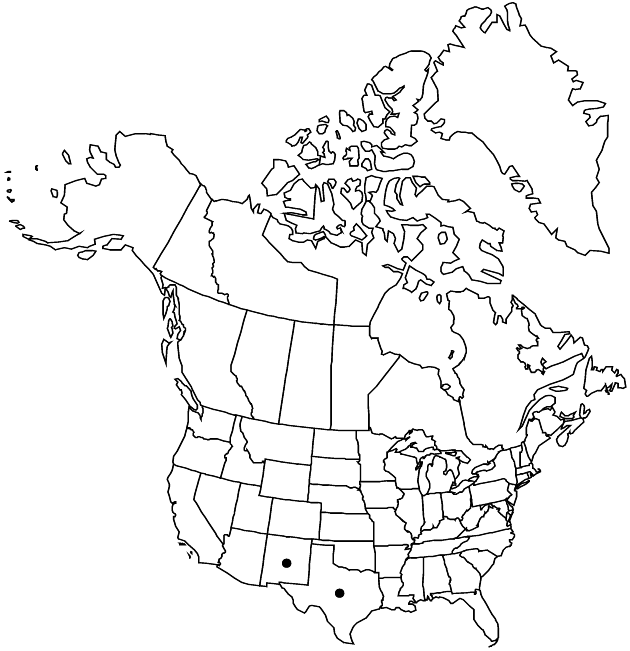Pinaropappus parvus
Contr. U.S. Natl. Herb. 22: 655. 1924.
Perennials, 3–7 cm (forming dense clumps and mats). Stems 3–10+, bases relatively think. Leaf blades linear-oblanceolate, 2–5 cm × 1–3 mm; cauline progressively reduced to linear bracts. Involucres narrowly cylindric, 8–10 × 3–5 mm. Phyllaries purplish (margins white), broadly lanceolate, 6–8 mm, apices purple to dull brown (necrotic), acute. Paleae 7–8 mm. Florets 20–30; corollas pink, 6–8 mm. Cypselae 4–5 mm; pappi 2–3 mm.
Phenology: Flowering Jun–Jul.
Habitat: Exposed slopes, rocky ledges, limestone cliffs
Elevation: 1800–2200 m
Discussion
Pinaropappus parvus is easily recognized by the extremely dense clumping habit, relatively short stems, and relatively small heads. At flowering, the phyllaries are usually purple in the center with scarious margins and purple to dull brown tips.
Selected References
None.
Lower Taxa
None.
